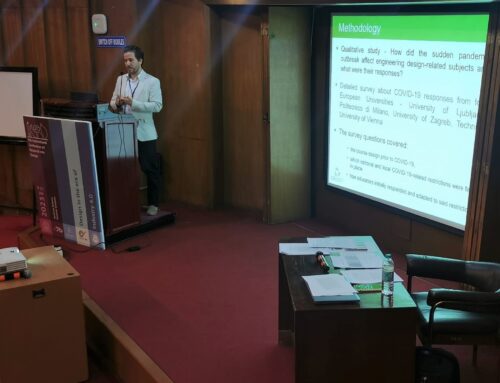The preliminary step of the CResDET project aimed at enriching the methodology with a set of methods and tools that educators and trainers can use as a toolbox when designing the teaching activities for their own classes. However, this toolbox, per se, just partly supports the designing and the development of courses because of two main reasons. On the one hand, the methods and tools need to be adapted to the specific contents of the course at hand. On the other hand, whether it is a matter of adapting existing classes to a digital environment or designing a new one from scratch, the selection of methods and tools have to be tailored and matched with the skills and capabilities that the learners should earn by the end of the course.
For this reason, the CResDET project team embedded the methodology with additional elements to support the definition of learning objectives, also with reference to the specific profiles of learners that might potentially attend the classes. The methodology, therefore, supports the education designers with the Bloom’s taxonomy as well as with the description of typical learners’ profiles, as defined by Mumford and Honey.
Whether your class is crowded by “theorist” learners, “activists”, “reflectors” or “pragmatists”, or, most probably, with a mix of them, the CResDET methodology provides the educators with suggestions to match the course contents with relevant educational methods and tools according to the Kolb’s learning cycle. This favors the learning of each student, independently of their favorite learning style, within a student-centered perspective that takes into account the need to provide them with new knowledge and applicative skills.


